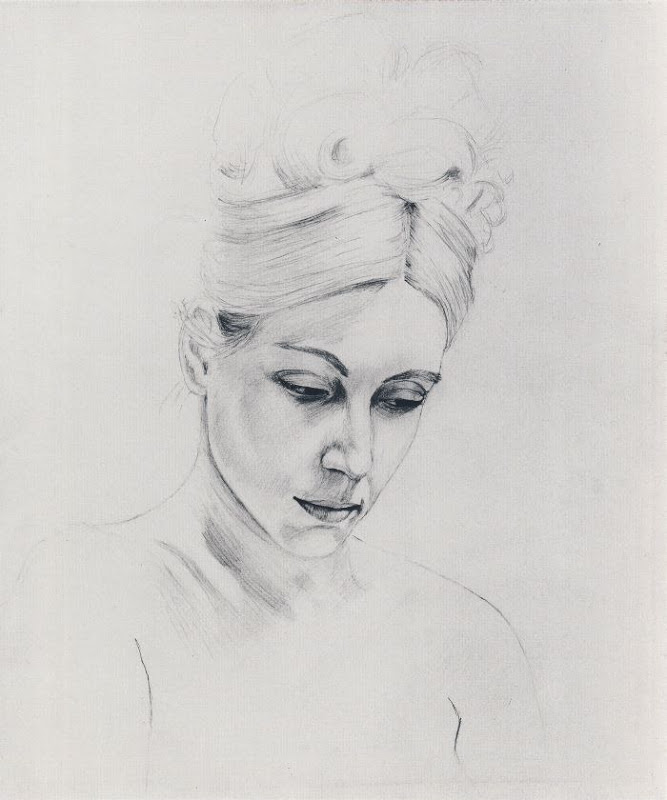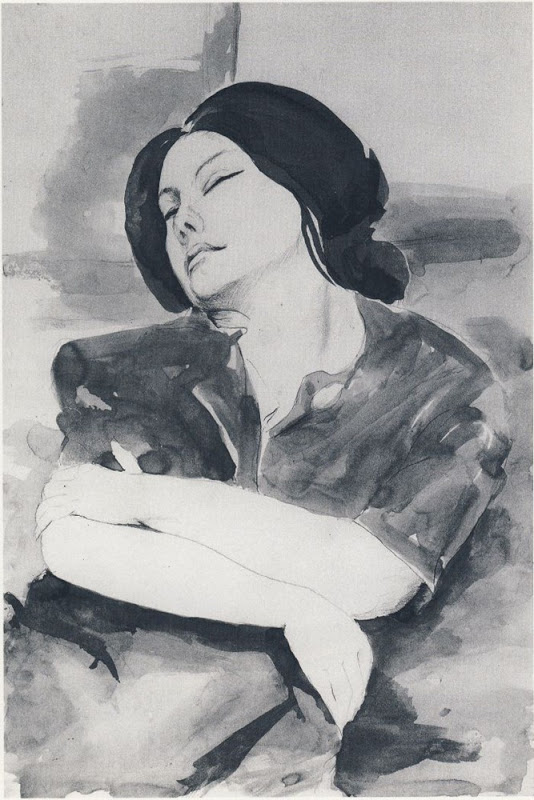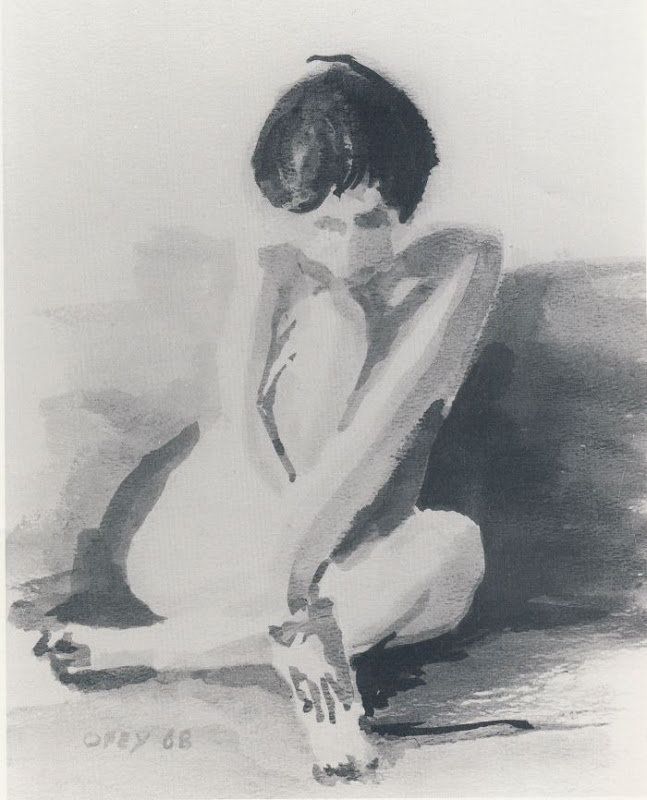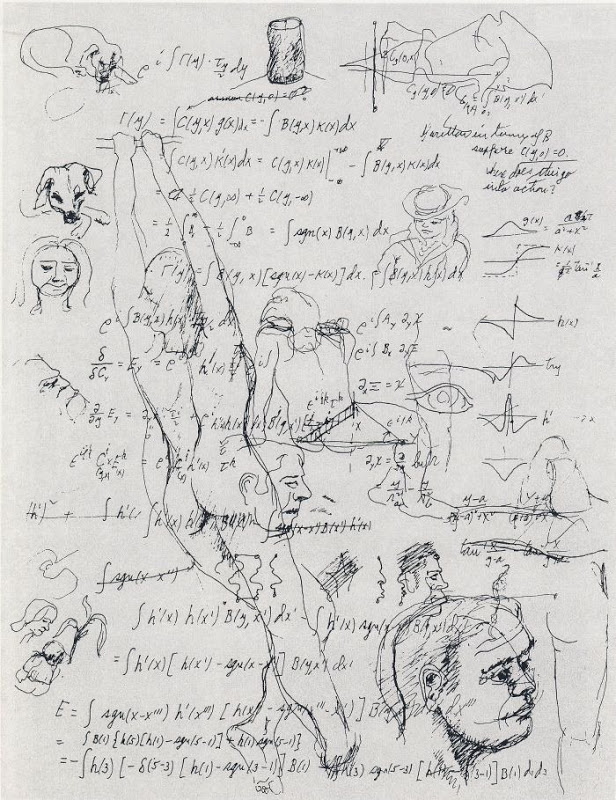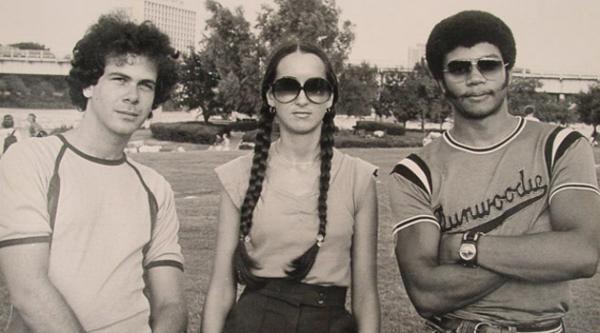It is one of the most famous experiments in all of science history, but there’s significant doubt about whether it actually took place. Did Galileo drop objects of differing mass from the Leaning Tower of Pisa in 1589 to demonstrate the theories proposed in his unpublished text De motu (“Of Motion”)? Rice University’s Galileo Project notes that scholars have long thought Galileo’s references to experiments he conducted “were only rhetorical devices.” As PBS’s NOVA writes, “it’s the kind of story that’s easy to imagine, easy to remember, but whether he ever performed the experiment at the tower is debatable.” That’s not to say Galileo didn’t test any of his ideas while he taught at the University of Pisa during 1589 and 1592, only that his most famous theory about the effects of gravity on free-falling objects rests mainly on a conceptual thought experiment.
In fact, it would have been impossible for Galileo to fully demonstrate his theory because of the effects of air resistance. Subtract the atmosphere, however, and we can easily confirm Galileo’s hypothesis that any two objects, regardless of weight, shape, or material of composition, will fall at exactly the same rate when dropped. One of the most memorable times this experiment did take place was not in Italy or anywhere else on earth, but on the Moon, when astronaut David Scott, commander of the Apollo 15 mission, dropped a geologic hammer and a falcon’s feather at the same time in 1971 (above).
As cool as Commander Scott’s experiment is, it’s still not as dramatic as the version of the experiment at the top of the post, conducted at NASA’s Space Power Facility in Ohio in the world’s largest vacuum chamber. A great deal of the drama comes courtesy of physicist Brian Cox, who presents the experiment for BBC Two’s Human Universe, explaining the history and construction of the vacuum chamber, which simulates the conditions of outer space. Then we’ve got the multiple camera angles and dramatic music… typical TV show stuff, effective nonetheless at setting us up for the big drop. Even though we “know how the experiment will end,” points out io9, and may have seen it performed before—on the Moon even—this demonstration is something special.
First, we get an anticlimactic drop of the objects—a bowling ball and a feather—while the chamber is still full of air. As expected, the ball plummets, the feathers gently drift. Then, in a sequence right out of a sci-fi film, engineers seal off the enormous chamber, and the three-hour removal of air is telescoped into a few second montage of pushings of buttons and mumblings into intercoms. What happens next will… well, you know the clickbait verbiage. But it certainly surprises Cox and a roomful of NASA engineers. Cox goes on to explain, using Einstein’s theory of general relativity, that the reason the objects fall at the same rate is “because they’re not falling; they’re standing still.” The science may be common knowledge, but seeing it in action is indeed pretty mind blowing.
Related Content:
Galileo’s Moon Drawings, the First Realistic Depictions of the Moon in History (1609–1610)
Bohemian Gravity: String Theory Explored With an A Cappella Version of Bohemian Rhapsody
Josh Jones is a writer and musician based in Durham, NC. Follow him at @jdmagness
